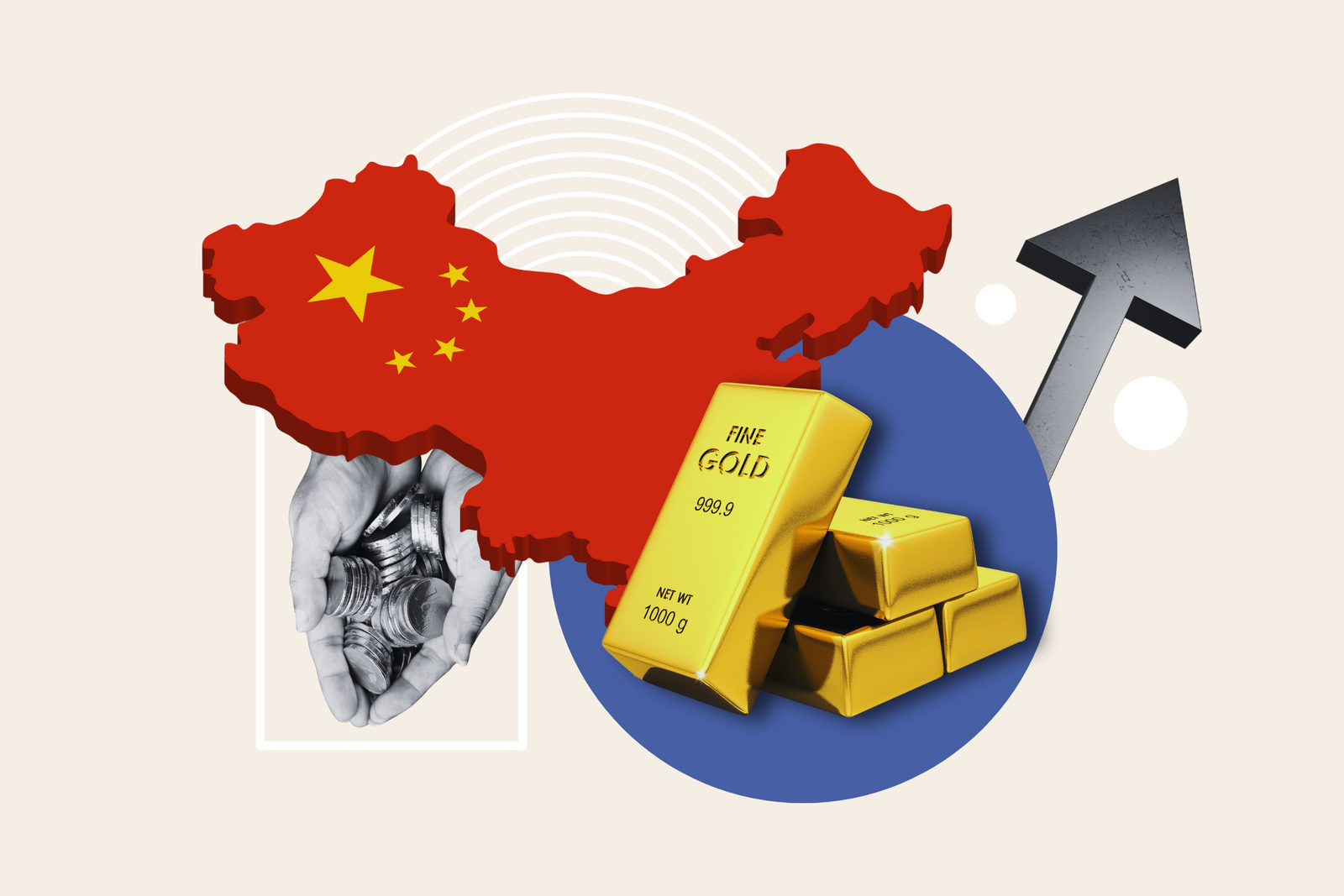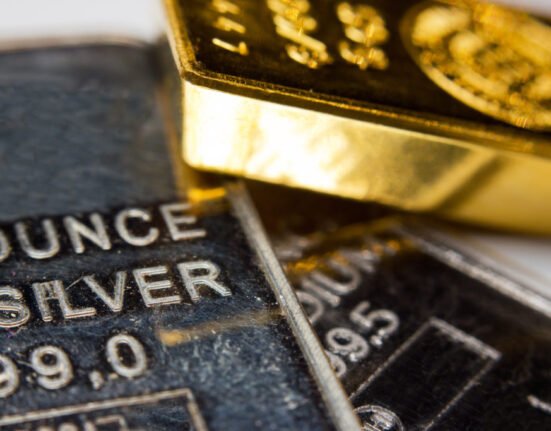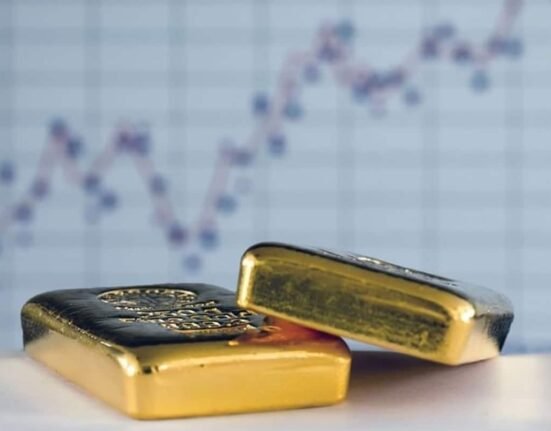The price of gold has been on a monumental rally in recent weeks, driven by renewed demand amid rising economic and geopolitical tensions.
Experts credited the surge to buying from the Asian market, and China in particular, telling Newsweek that gold bugs in both the public and private spheres appear to be increasingly banking on the metal’s long-term safe-haven status, given the contemporary threats facing global trade.
Early last week, the metal broke through $3,500 per troy ounce for the first time in history. Although it has since dropped to just over $3,300, gold is still priced around 40 percent higher than this time last year—and well above what some analysts had previously expected it to reach by the end of 2025.
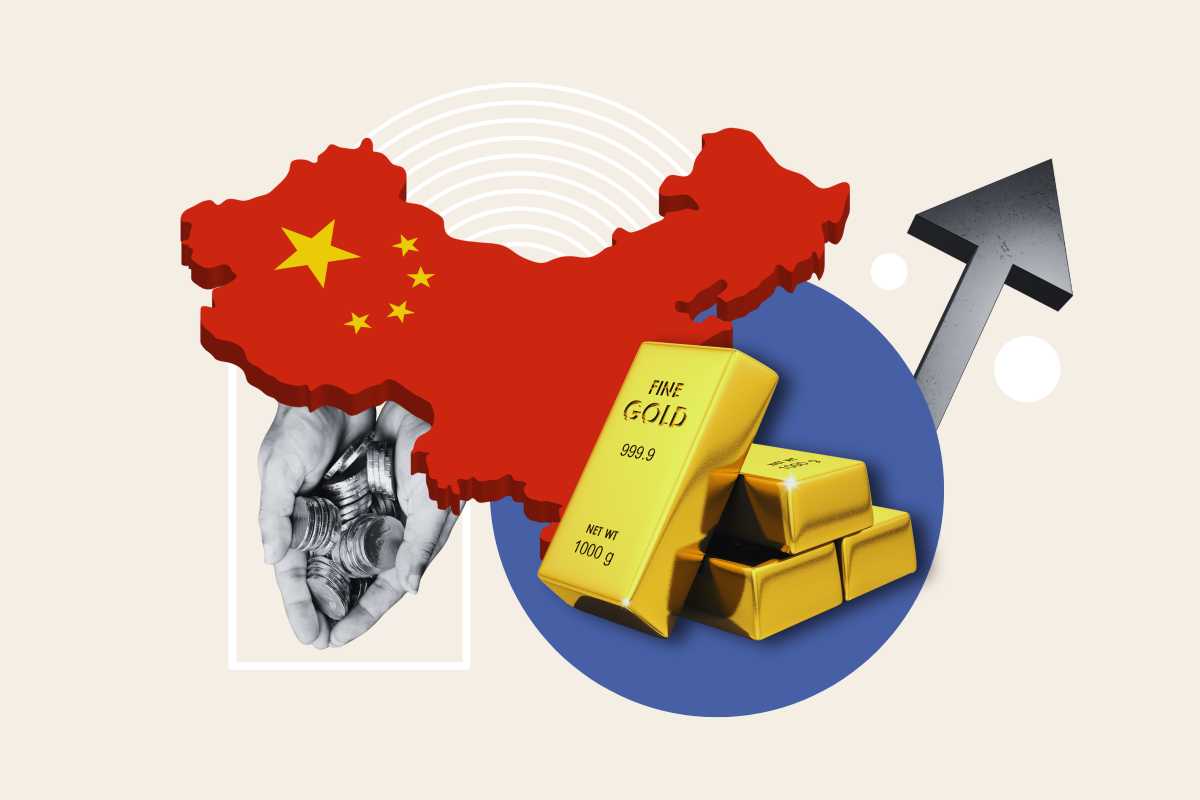
Photo Illustration by Newsweek
Adrian Ash, director of research at gold-trading platform BullionVault, said that the rise had been driven by Chinese private sector trade, with “huge jumps” in trading volumes observed on both the Shanghai Gold Exchange and the Shanghai Futures Exchange.
Joseph Cavatoni, senior market strategist at the World Gold Council, said that investors across the globe were hoping to “mitigate risks in the face of continued volatility.” He told Newsweek that much of the recent surge had been driven by Chinese buying, adding that the transparent flows into the country’s central bank community had been “record-setting.”
Why Is China Buying So Much Gold?
Cavatoni noted that China—both private investors and state institutions—had been actively purchasing gold over the past 15 years but said the trade and conflict-related factors driving this trend had “amplified significantly” since the start of President Donald Trump‘s second term.
China has been the central target of the administration’s attempt to overhaul global trade in America’s favor; the country is exempted from the 90-day pause on reciprocal tariffs, and its imports are now subjected to 145 duties when entering the U.S.
While Adrian Ash said it was often “too easy” to view gold’s rising price as a barometer of such geopolitical tensions, there were few other ways of viewing the recent rush beyond China’s attempt to mitigate the risk from U.S. policy and ensure its own economic sovereignty.
As stated by the China Gold Association last week—upon announcing a 30 percent year-on-year increase in first-quarter domestic gold bar and coin consumption—”Complex and changing geopolitics and economic uncertainty have further highlighted the hedging and value preservation functions of gold.”
In line with this observed correlation, the spot price of gold was knocked from $3,500 in the middle of last week as the administration began softening its trade war rhetoric and hinted at an impending reduction in China’s tariffs.
While Cavatoni said that central bank buying had been nothing short of “record-setting,” Ash told Newsweek that it was “basically impossible” to assess how much was going into China’s government reserves.
While the People’s Bank discloses purchases to the International Monetary Fund (IM), he said that “nobody believes that what China’s People’s Bank actually says is the same as what it’s actually doing and that, by definition, makes it unknowable.”
As a result, a growing disparity has emerged between China’s reported holdings and the estimates of analysts. Official reserves stand at around 2,292 tons as of March 2025, according to the World Gold Council, though some speculate that the true hoard could be in excess of 30,000 tons.
Is China Moving Away From the American Economy?
In addition to hoarding gold amid increasing financial and political uncertainties, China has also moved into the widespread adoption of financial instruments such as Exchange-Traded Funds (ETFs).
Joseph Cavatino told Newsweek that, of the roughly $6 billion in ETF flows into Asia during the first three weeks of April, China accounted for $5.8 billion.
At the heart of both the new gold rush, the retreat to other non-dollarized assets, and the mid-April sell-off of U.S. Treasury Bonds lies an attempt by countries to diversify away from the American economy.
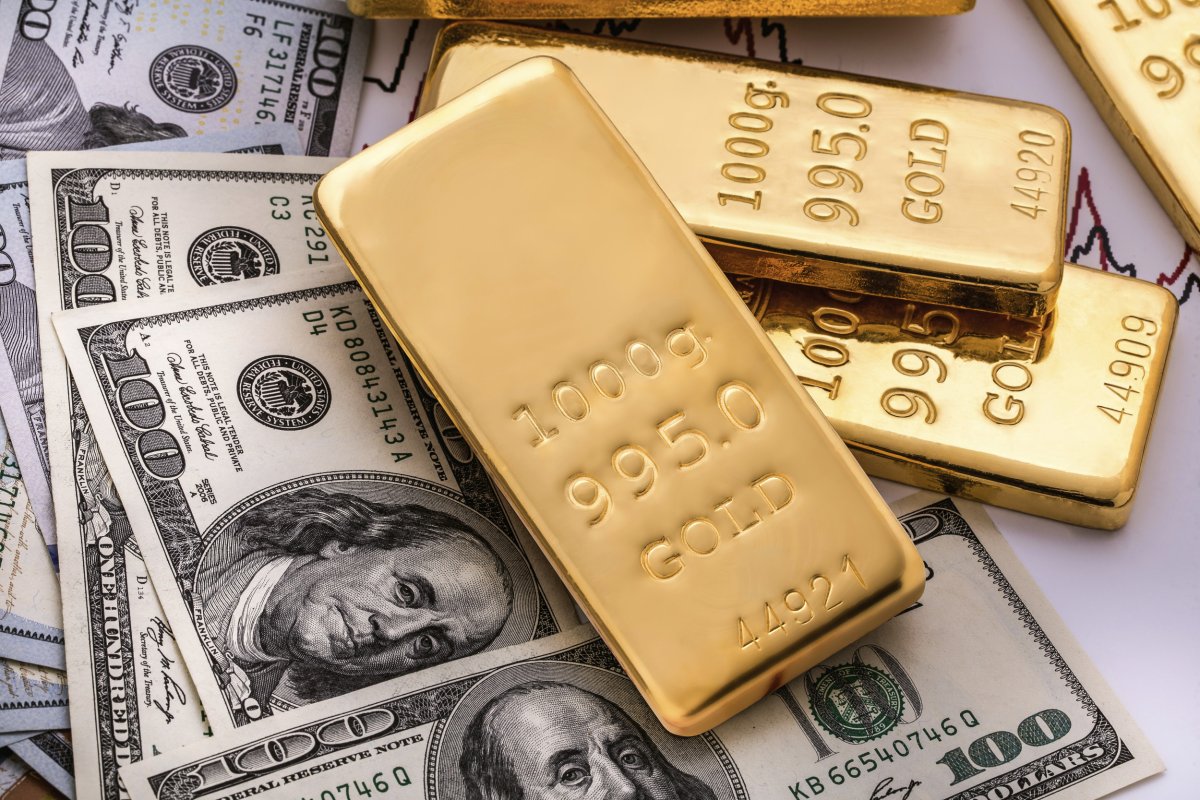
Bulent Camci/GDA via AP Images
“With the uncertainty of economic outlooks, we think that China, amongst others, are looking at diversification and taking action,” Cavatoni said. “Holding gold helps Beijing mitigate the risk of too much reliance on the U.S. economy for trade flows, payments and investment purposes.”
“To an extent, it’s two fingers to the U.S. as well,” said Adrian Ash. “Owning gold is literally the anti-dollar.”
“They’re trying to reduce their exposure to U.S. policy caprice,” he added. “With the Trump administration, it’s turned on a hairpin every day.”
Both Ash and Cavatoni pointed to Trump’s unpredictable manner of unveiling policy changes—via both official channels and social media posts—and the impacts these can have on the country’s economy. This is in addition to the longer-term risks associated with America’s rising national debt.
As Peter Schiff, one of the world’s most recognized gold bugs, said of China in a mid-April interview, “They are going to be moving money out of U.S. dollars, out of U.S. treasuries. They’re buying more gold, they’re buying euros, they’re buying pounds, they’re buying German and European sovereign debt as opposed to the US sovereign debt.”
“We are in a lot of trouble as a nation because our deficit chickens are coming home to roost.”
Where Can Gold Go From Here?
“We’re having a hard time finding what would take the wind out of the sails for gold,” Cavatoni told Newsweek.
Financial institutions have upped their forecasts for the yellow metal following the recent rally, Goldman Sachs giving a projection of $3,700 per ounce by the end of the year, and JPMorgan predicting prices above $4,000 by the second quarter of 2026.
However, Cavatoni said the very thing driving the recent surge could also be preventing it from breaking past these new milestones: Uncertainty.
The speed with which new developments are fundamentally changing American and global economic outlooks, he said, is “pushing and pulling on the price of gold.”
“So risk and volatility and uncertainty are still very much on the minds of others,” said Cavatoni. “And investors are right there smack dab in the middle.”

